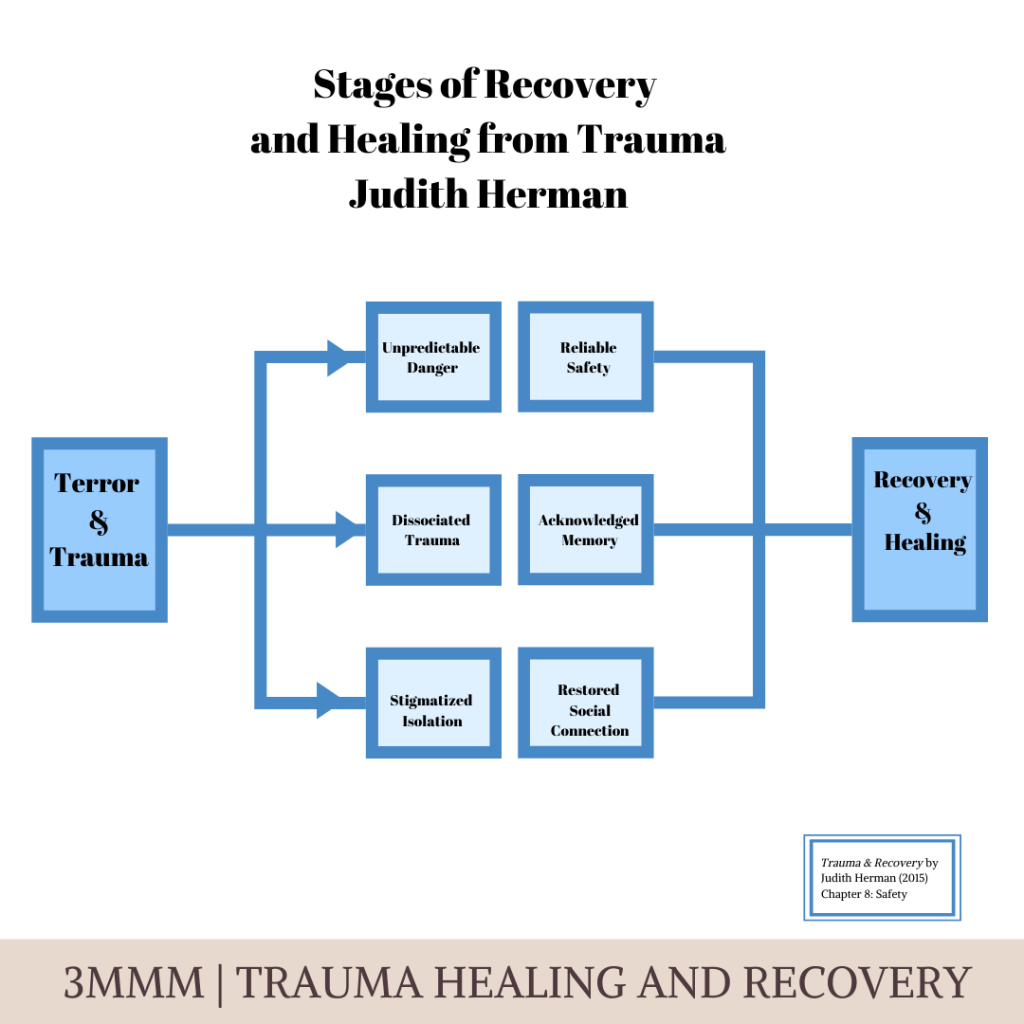Trauma inflicts its wounds in a moment, yet recovery may take a lifetime. With proper attention and care, however, healing is possible.
+++++++
Earlier this week, I wrote about Trauma Informed Leadership. And I shared information that all spiritual, health care and education leaders should know. Many people that come to us for care have experienced trauma. At least three distinct kinds of trauma can regularly present themselves if you are a caregiver in community.
First, some people will reveal to you a number of symptoms and difficulties that they are coping with daily. These can deflect attention away from deeper wounds of trauma, although not in every case. When I worked at Renewal House as a pastoral counselor with women in recovery, I learned a lot about addiction. I learned about how addictions get started and what they try to cover. Much of it can be summed up in a word: trauma.
Additionally, people come to you for help while they are in ongoing, chronically traumatizing relationships. Getting to a place of safety for these folks, often women and children, is a priority for recovery to be possible. You may feel challenged to become a rescuer in this situation, but providing resources and empowering people to make decisions is the better approach.
Thirdly, you may encounter people in your faith community who are victims of crime, survivors of accidents (auto or work-related), and perhaps military veterans and other emergency care workers who encounter violence and harm as a matter of course in their work. These adults will need professional support for recovery. And as their pastor or chaplain you can be part of the net of caring relationships that support them.
I learned so much from the staff and the women I sat with week by week at Renewal House. They showed me something of what recovery takes. It is a long and slow-going process. With years of study and treatment, psychiatrist and author, Judith Herman says there are three broad stages of recovery. These movements are necessary to get from terror and trauma to healing and recovery.
Giving Care
As care-givers we are likely to encounter people who are suffering from traumatic events, accidents, unprocessed childhood abuse, in our congregations, hospitals, and communities. Even if we are not trained and equipped to treat these folks with intensive care, we can be aware of what they need. We can help them find resources and people who can assist their healing process. Putting together a list of reliable, trustworthy therapists and recovery programs is crucial for spiritual caregivers to be able to make a referral quickly and easily.
Perhaps you, the spiritual caregiver, are the one who is a survivor of trauma. I encourage you to take the steps to put safety and recovery processes in place for your own deep healing. You deserve the same care and compassion that you offer to everyone else.
What are the most important ways we can support someone who has survived trauma? Here are four approaches that will guide you in your care for trauma survivors.
Do No Harm
First and foremost, be present to the person who comes to you for help without doing any further harm to them. This pledge taken by medical doctors and helpers of all kinds does not mean standby and do nothing. Yet it is crucial that we take the approach of not adding to the traumatic experience of a survivor.
As people called to help and care, we can easily slip into the role of rescuer. This is the least helpful approach to a trauma survivor who is seeking assistance and care. Their sense of helplessness in the face of the terror makes us also feel helpless. The result can be powerful feelings that make us want to jump in to save.
Prioritize Safety
Herman says, “The first task of recovery is to establish the survivor’s safety. This task takes precedence over all others, for no other therapeutic work can possibly succeed if safety has not been adequately secured. No other therapeutic work should even be attempted until a reasonable degree of safety has been achieved” (Herman, 159-160).
As pastors, chaplains, ministers, and spiritual caregivers our work is not to take on helping people revisit traumatic memories or re-narrate events. That is the work is trained doctors, trauma specialists, and professional therapists. However, we can all participate meaningfully and intentionally in the work of making space relatively safe for survivors.
Depending on the kind of trauma there are many steps that can be taken to help put relative safety in place. This may mean changes to one’s relational context, medical attention, legal protections, or changes to physical space. Only when a person has regained her sense of safety can she then begin to do the longer-term work of recovery. And we need not assume that we know exactly what the safety needs are without including the trauma survivor in each of those decisions.
Care through Empowerment
One of the most important ways to give care to trauma survivors is to return power for decision making back into their hands. A sense of powerlessness is one of the most debilitating features of life for most trauma survivors. Finding ways to care for oneself and about oneself it’s hard and necessary work. They may have very strong feelings and fantasies of being rescued, yet the most compassionate care is to seek their involvement in every decision. Helping does it mean taking over and caring does not mean rescuing.
Ultimately the work of recovery itself belongs to the survivor. As Herman says, “The first principle of recovery is the empowerment of the survivor. She must be the author and arbiter of her own recovery. Others may offer advice, support, assistance, affection, and care, but not cure” (Herman, 133)
Practice Calm
As in many kinds of crisis, if we are to lead effectively, we need to strive to be a calming presence. This can take some practice because crisis loves to escalate more crisis. When we have touched our own deep reservoirs of spiritual presence and calm, we can call on it in situations that make us want to fly off the handle or rush in to save. Instead when we call on peace and calm, we can take the other steps that support trauma survivors.
There’s so much more to be said about trauma, recovery, and healing. If you wish to learn more, I hope you will consider Herman’s book as foundational work in becoming a trauma-informed care-giver and faith community leader.
Book: Judith Lewis Herman, Trauma and Recovery (New York: Basic Books, 2015).





